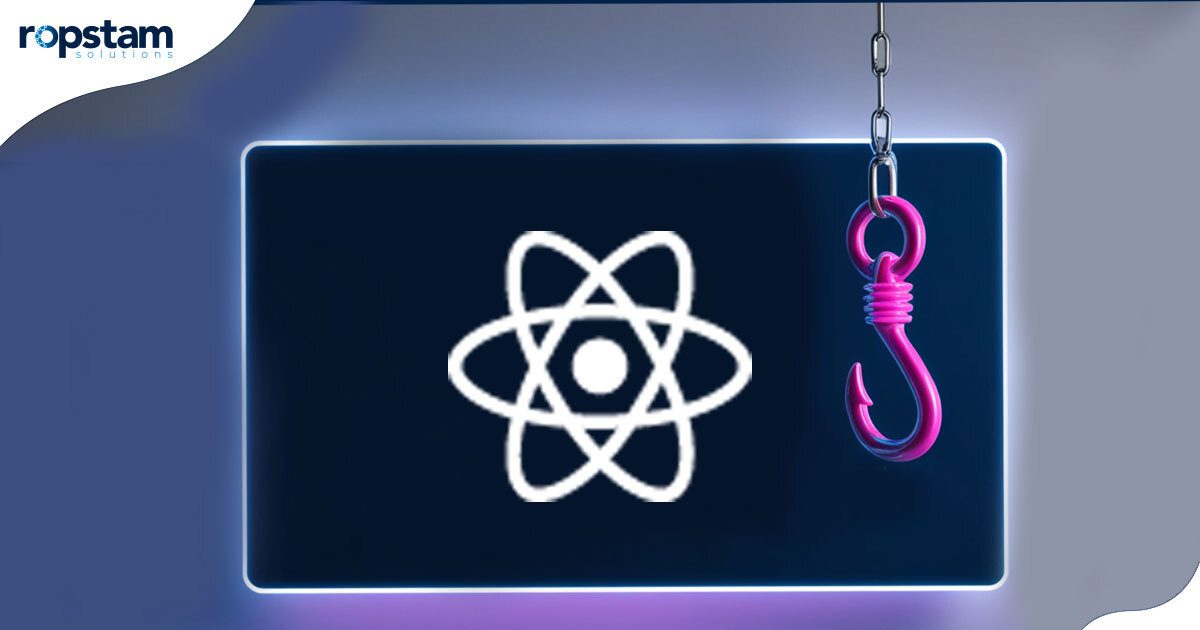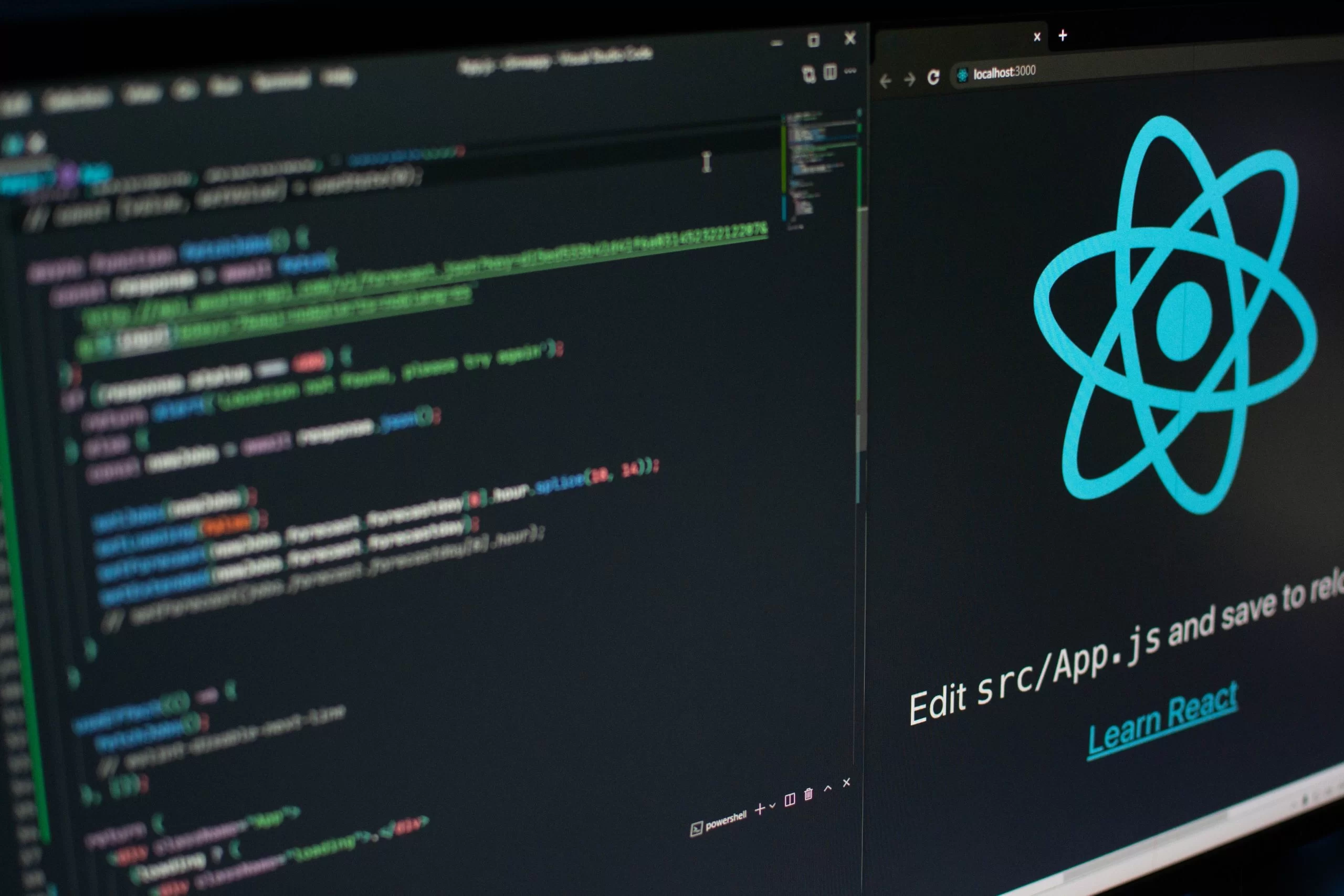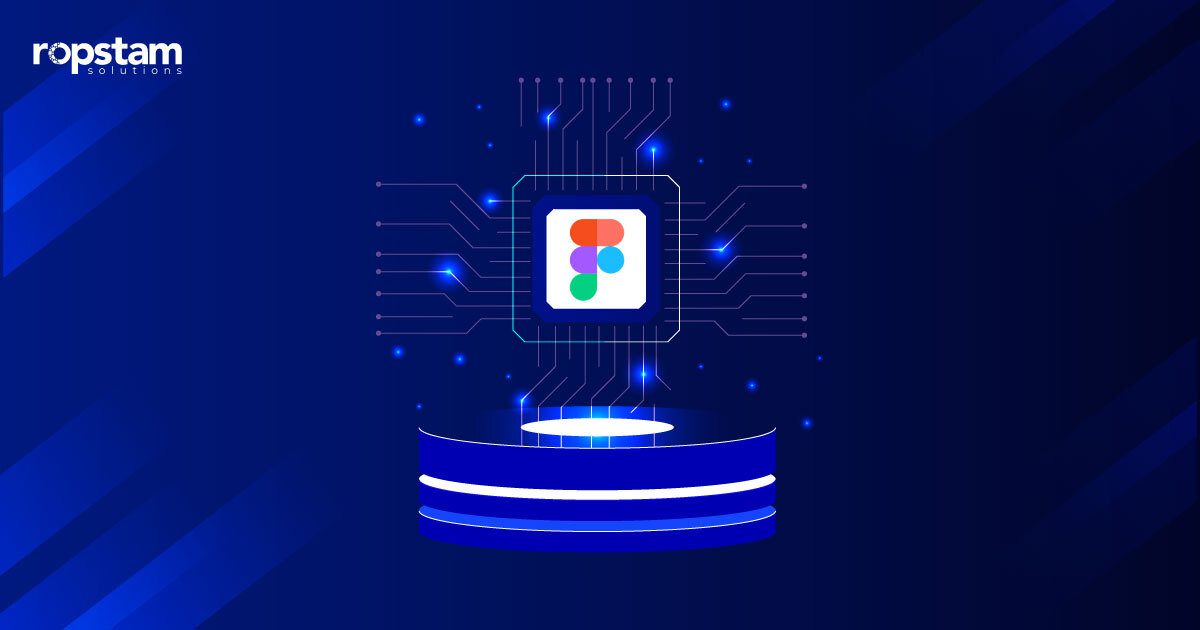Since their introduction in React 16.8, React Hooks have taken the world of web development by storm. In simple words, Hooks in React are functions that allow you to “hook into” React’s state and lifecycle features directly from function components.
In hindsight, claiming that React Hooks are extremely pertinent would not be an embellishment. They are useful in offering a more straightforward way to reuse stateful logic between components and handle component states. What this means is that React has become more accessible to newcomers and has also enabled experienced developers to write more efficient and elegant code.
Whether you’re new to the React framework or a seasoned programmer looking to enhance your skills, mastering Hooks is not optional but essential. This blog will underline the fundamentals of React Hooks, providing practical examples to help you leverage their full potential. Without further ado, let’s dive into this topic:
What are React Hooks?
React Hooks are special functions that allow you to tap into React’s core features within functional components. Introduced to simplify component logic, Hooks let you manage state, handle side effects, and access the component lifecycle without writing class components. Additionally, they can solve common problems like wrapper hell and make it easier to reuse stateful logic across your application.
To summarize, with Hooks, you can create more readable, maintainable, and testable code. Popular Hooks include useState for state management, useEffect for side effects, and useContext for consuming context, among others.
Importance of React Hooks
- Simplified State Management: Hooks eliminate the need for complex state management libraries in many cases, allowing developers to handle local component states efficiently.
- Enhanced Code Reusability: Custom Hooks enable the extraction of component logic into reusable functions, promoting a more modular and DRY (Don’t Repeat Yourself) codebase.
- Improved Performance: Hooks like useMemo and useCallback help optimize component rendering, reducing unnecessary re-renders and improving overall application performance.
- Easier Testing: Functional components with Hooks are generally easier to unit test than class components, as they have less internal complexity and more predictable behavior.
- Gradual Adoption Path: Hooks can be introduced incrementally into existing projects, allowing teams to modernize their codebase without a complete rewrite.
React Hooks vs Class-Based Components
Leveraging the expertise of our web developers, here we have explained the difference between React Hooks and class-based components:
- Hooks bring state management to function components, revolutionizing how we build React applications. Previously reserved for class components, state, and lifecycle features are now accessible in simpler function components, making React more approachable for newcomers.
- By breaking down complex logic into smaller, focused functions, Hooks significantly improve code clarity. This modular approach not only enhances readability but also makes debugging and maintenance much easier, especially as your projects grow in complexity.
- Perhaps most importantly, Hooks introduce a powerful way to share logic across your application. Custom Hooks allow you to extract and reuse stateful logic between different components, promoting cleaner architecture and reducing code duplication. This feature is particularly valuable as you start building larger, more sophisticated React applications.
Most Commonly Used React Hooks
- useState()
- useEffect()
- useContext ()
- useRef ()
- useReducer ()
- Custom Hook
1. useState()
The useState hook is your go-to tool for adding state to functional components. It’s like giving your component a memory that persists between renders. Whether you’re tracking user input, toggling visibility, or managing complex data structures, useState provides a simple yet powerful way to make your components dynamic and responsive.
2. useEffect()
Think of useEffect as your component’s connection to the outside world. It’s perfect for handling side effects – operations that interact with systems outside of React’s purview. Be it data fetching or DOM manipulation, useEffect lets you synchronize your component with external systems, ensuring your app stays up-to-date and responsive.
3. useContext()
This widely-used React hook is your solution for avoiding prop drilling and managing the global state. It’s equivalent to creating a direct line of communication between deeply nested components, bypassing intermediary layers.
All in all, this hook is invaluable for themes, user authentication, or any data that needs to be accessible throughout your application.
4. useRef()
useRef is your ideal hook for persisting values across renders without causing re-renders. Its most common use cases include accessing DOM elements directly, storing previous state values, or keeping any mutable value that doesn’t require a re-render when changed. Think of it as a way to peek behind React’s abstraction when needed.
5. useReducer()
When useState isn’t enough, useReducer steps in to fill the void. This type of hook is perfect for managing more complex state logic, especially when the next state depends on the previous one. Not to mention that useReducer brings a Redux-like state management approach to your components, resulting in easier handling of intricate state transitions and logic.
6. Custom Hooks
Sometimes you come across a situation where you have to create a custom hook rather than leveraging the power of pre-existing hooks. That is because custom hooks are your go-to tools for creating reusable logic. They encapsulate complex behavior into a simple, shareable function, making life easier for you as a React developer.
Whether it’s handling form state, managing API calls, or implementing advanced animations, custom hooks let you abstract away complexity and promote code reuse across your entire application.
Real-World Examples of Custom React.js Hooks
Given that they encapsulate reusable logic, custom React.js hooks have continued to garner exponentially increasing popularity. Here are some of the real-world examples of custom React.js hooks:
1. Authentication Hooks
In the modern digital age where security is paramount, authentication hooks are considered the backbone of web applications. These custom hooks encapsulate aspects like user verification, token management, and session handling.
By centralizing such complex operations, developers can focus on creating engaging user experiences rather than wrestling with authentication logistics. These hooks can also integrate with various authentication providers, offering flexibility and scalability as your application grows.
2. Theme Switching Hooks
User experience is king and personalization through theming is a crown jewel. Theme-switching hooks go beyond simple light and dark mode toggles. They can manage an entire palette of customizable options, from font sizes to color schemes, even accommodating accessibility preferences.
Picture a hook that not only applies themes instantly but also animates the transition between themes for a smoother user experience. By encapsulating this functionality, developers can easily implement sophisticated theming systems that would otherwise require significant effort and code duplication.
3. Data Fetching Hooks
In the universe of dynamic web applications, efficient data fetching is of paramount importance. Custom data fetching hooks are an integral part of modern web development. They can handle everything from basic CRUD operations to complex data synchronization patterns.
Not to mention that these hooks can integrate with GraphQL, REST APIs, or WebSockets, providing a unified interface for data management. By abstracting away the complexities of network requests, error handling, and state management, these hooks allow developers to create robust, data-driven applications with ease.
4. Form Handling Hooks
If forms are the bridges between users and applications, custom form hooks are the orchestrators of these bridges. These hooks go beyond simple state management, offering a comprehensive solution for form interactions.
Thanks to its consistent and powerful interface for form handling, these hooks enable developers to create intuitive and responsive forms that significantly enhance user engagement and data collection.
5. Animation Hooks
Animation is unarguably the secret recipe that brings interfaces to life. Meanwhile, animation hooks involve the details of timing, easing, and state transitions, making it easier for you to add fluid motion to any component. Be it handling basic transitions or orchestrating animations across multiple elements, animation hooks have got you covered.
Additionally, these powerful hooks can integrate with the Web Animations API, CSS transitions, or even 3D libraries. To summarize, these hooks simply allow developers to create interactive experiences that optimize the overall application design.
Partner with Ropstam Solutions Today for React Development Services
To enhance code readability and make the lives easier for React developers, React hooks are of paramount importance. Be it code reusability or limiting complications, React hooks can simplify and accelerate the website development process.
Looking for a team of expert developers for your next React.js-based project? Ropstam Solutions boasts a team of pre-vetted web app developers with years of experience under their belt. Partner with us today and let us worry about all the technical aspects of your react-based application project.















